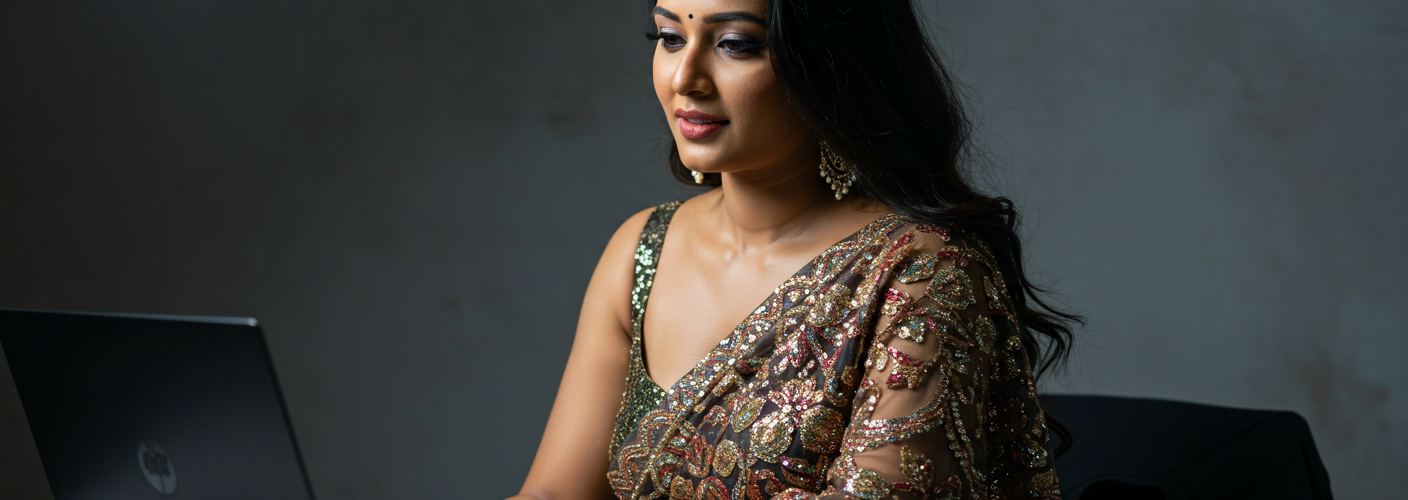Why Windows 11 Feels Basic and Bland
With the release of Windows 11, many users have expressed disappointment over what they see as a lack of distinct features and aesthetic appeal compared to its competitors, namely macOS and Android. While Windows 11 boasts several improvements over its predecessor, including a modernized interface, enhanced performance, and better integration of virtual desktops, it still feels basic and bland to a significant portion of its user base. This article explores the reasons behind this perception and why some users are yearning for more vibrant features.
Aesthetic Appeal
One of the most immediate critiques of Windows 11 is its minimalist design. The redesigned Start menu, centered taskbar, and overall flat icons aim to create a clean and streamlined user experience. However, this simplicity can come across as lackluster. In contrast, macOS is known for its polished visuals and high-quality graphics, complete with dynamic wallpapers and vibrant icons that give a sense of depth and life. Windows 11’s default backgrounds, while clean, do not evoke the same emotional response or sense of personalization that users find in macOS.
Limited Customization
Another key factor contributing to the perception of blandness in Windows 11 is its limited customization options. While users can change backgrounds and themes, the extent of personalization doesn’t match the level of adaptability offered by Android or macOS. For instance, macOS users enjoy animated live wallpapers that breathe life into their desktops. Additionally, Android allows for a plethora of widgets and dynamic home screens that can be entirely tailored to individual preferences. Windows 11, on the other hand, provides a more static interface. The absence of features like live wallpapers or dynamic lock screens can make the environment feel dull and unengaging.
User Experience Focus
Windows 11 seems to prioritize functionality over flair. The operating system focuses on improving productivity with features like Snap Layouts, which neatly organize open applications. While these additions are beneficial, they cater more to a functional experience rather than an aesthetic one. Many users have pointed out that the emphasis on productivity feels at odds with the desire for a more visually rich and lively user experience. The lack of playfulness and creativity in design choices might leave users craving the playful and customizable environments that macOS and Android provide.
The App Ecosystem
In addition to its aesthetics, the app ecosystem can impact the perception of Windows 11. With its focus on traditional desktop applications, users may not encounter the same variety of visually engaging apps that flourish on mobile platforms and in macOS. The integration of Android apps in Windows 11 is a step in the right direction, but still lacks the seamless experience found on native devices. Users looking for that vibrant, dynamic experience may find themselves limited and unsatisfied within the constraints of Windows 11’s current app offerings.
Conclusion
In conclusion, while Windows 11 offers several advancements and a cleaner design, it also feels basic and bland in the face of the more vibrant and dynamic experiences found in macOS and Android. The combination of minimalist aesthetics, limited customization, a functional-focused experience, and a restrictive app ecosystem leaves many users desiring more. As technology progresses, it is hoped that future updates to Windows will embrace a more expressive and personalized user interface that rivals its competitors. For now, the wish for a more colorful and lively operating system remains a point of contention among Windows users.





Add comment